Does it matter
Hot on the tail of yesterday’s gripping piece extolling the virtues of camera supports, whether monopods or tripods, it ocurred to me to make one more experiment to see if the slapping rise of the mirror in the 5D has any effects at longer shutter speeds. To magnify things further, I placed the 200mm f/2.8 Canon L lens on the camera and mounted the latter on my super sturdy Linhop S168 tripod. You can see the cantilever braces between the legs and center column here – note the latter is retracted for maximum stability.
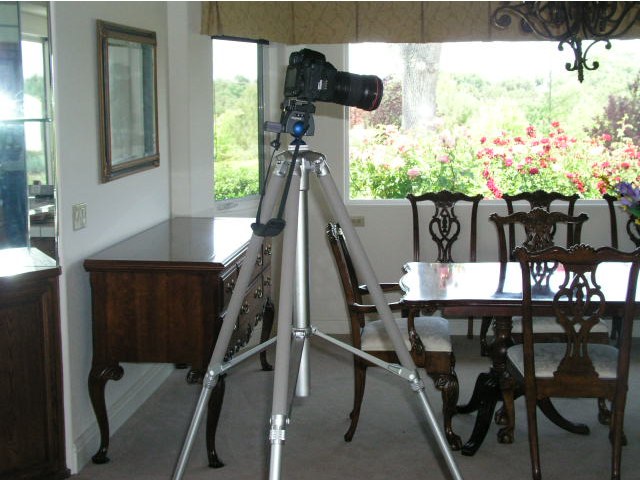
My mechanics professor would be pleased with those cantilevers and I, as a photographer, think it’s the only way to make a tripod sturdy without excessive weight. He used to lecture extensively on Euler struts and how light and strong could live together with proper design – someone at Linhof was listening. Leonhard Euler, who died in 1783, got it right first time around and his math is taught to all budding mechanical and civil engineers to this day.
I chose a different picture in the book, just for fun, as no benefit accrues from using the same one. To take human shake out of the equation I released the shutter using Canon’s plug-in and wildly overpriced RS-80N3 wired remote control. Cable Release to you and me.
All pictures of the target were processed in Aperture.
I once more used 1/8th at f/5.6; 1/8th is very slow (like 1/2 second with a 50mm lens) but not so slow that any vibration from mirror slap becomes too low a percentage of the exposure time, if you get my drift. In other words, any camera vibration will be a significant component of the total exposure time.
Here’s the full frame snap – once focus was set I switched to manual focus to prevent any changes:
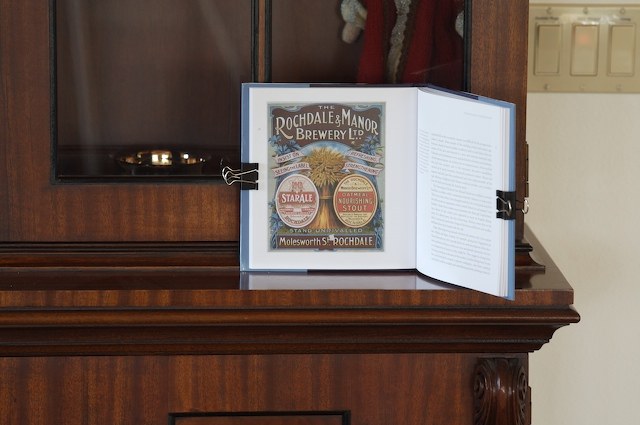
The enlargement ratio in the following snaps would yield a 40″ x 27″ print. No sharpening has been added.
Here’s the result with normal mirror operation:
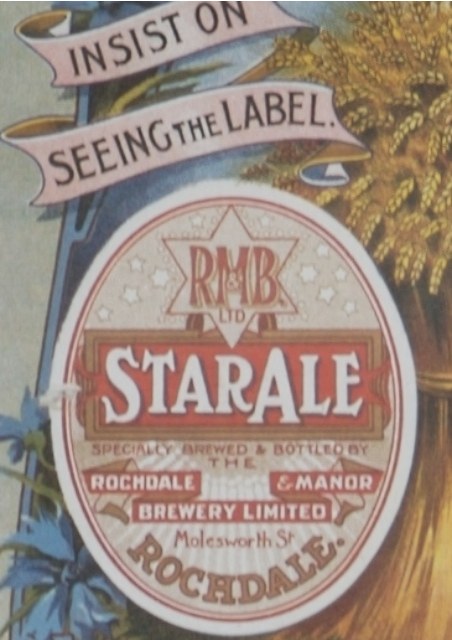
While the difference is not great, the picture taken with mirror lock-up is a tad sharper – look at the contrast of the lettering.
And here’s the one with the mirror locked up using Custom Function #12 in the Canon’s menu system:
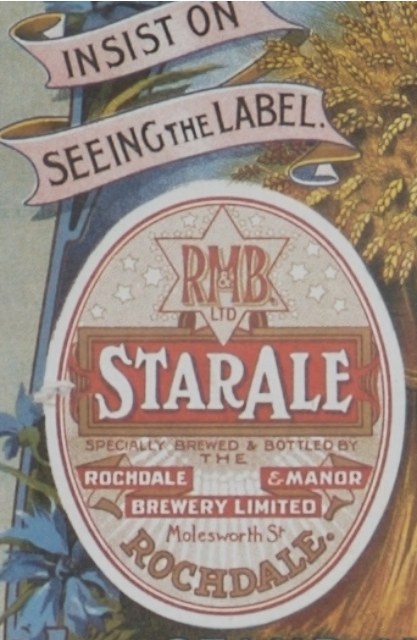
By the way, the anti-aliasing of the image in the 5D dictates that sharpening be used for best results. In the following rendition of the ‘no mirror’ snap, above, I have used Aperture’s Edge Sharpen with the variables for Intensity/Edges/Falloff at 0.70/0.22/0.57 – slightly more modest than the defaults of 0.81/0.22/0.69 suggested by Apple’s settings. As you can see, the absence of grain (at ISO 160, as before) and high resolution from the superb Canon 200mm lens makes 40″ prints from the 5D a piece of cake. You are looking at a JPG conversion from Aperture. In reality, a print from the RAW file will be sharper with no artifacts.
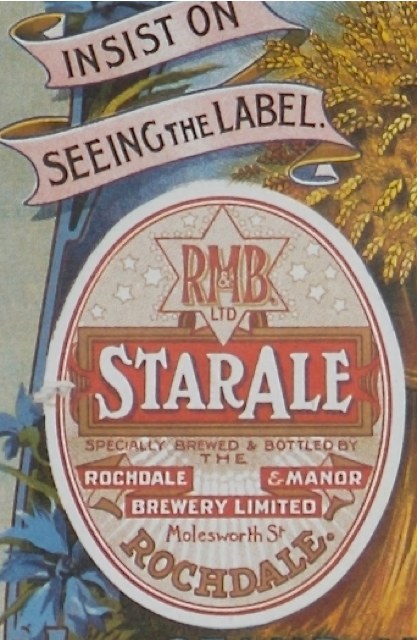
Maybe a ‘Medium Format is Dead’ piece is required to go along with ‘Black and White is Dead’ and ‘Film is Dead’?
Now Canon, when the 5D Mark II is released, can you please assign the mirror lock-up feature to a mechanical button, the sort humans like, rather than to a blasted choice in the myriad selection of Custom Functions on that silly little LCD screen? The fact that the latter is unreadable by landscape photographers outdoors does little to help, in addition to the insane complexity of actually finding the function.